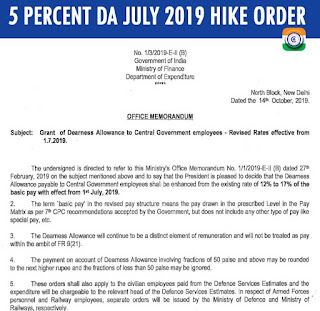Retirement Age of Government Employees to 60 Raises in Andhra Pradesh
The Andhra Pradesh Legislative Assembly today unanimously passed a Bill amending the AP Public Employment (Regulation of Age of Superannuation) Act, 1984, enhancing retirement age of government employees to 60 years from 58.
Chief Minister N Chandrababu Naidu moved the amendment Bill in the House and requested the members to adopt it unanimously.
"There is a significant improvement in the average life expectancy when compared to that of 1984 (when the Act was framed). As per the World Health Organisation, the average Indian life expectancy is 65 years. The age of retirement of Central government employees was also raised from 58 to 60 years in 1998," the Chief Minister pointed out, explaining the statement of objects and reasons for the amendment Bill.
"Consequent to the reorganisation of Andhra Pradesh, the (new) state government felt it necessary to utilise the services of senior employees in view of their experience and expertise. Accordingly, the government has decided to enhance the retirement age to 60 years," the Chief Minister added.
Mr Chandrababu said the government and the employees should work hand-in-hand to develop the new state.
"Enhancement of retirement age is the first step. We will implement several other measures for the employees' welfare.We will provide them health insurance. Our government will be employee-friendly," the Chief Minister said.
He said plans were afoot to build houses for retired employees.
"Every government employee should have a own house by the time he retires," he added.
Mr Chandrababu said the government would treat as "holiday" the period when employees went on strike last year protesting the bifurcation of the state.
"We will treat that period as holiday and ensure continuity in service," he said.
"There are many other issues concerning government employees. But we are not in a position to resolve them all in one go because we are facing a huge financial crisis caused by the state's bifurcation," he said.
The Chief Minister also assured the House that his government was committed to creating employment opportunities for every household in the state. He recalled that it was the erstwhile Telegu Desam Party or TDP government under him that created the maximum number of jobs on an "unprecedented scale".
"Be it in the government or the private sector, we will create employment opportunities and ensure each family gets one job. We will also pay unemployment stipend of Rs 1000 to Rs 2000 to the youth till they get jobs," he added.
YSR Congress MLA Jyothula Nehru wanted to know from when the unemployment stipend would be paid but did not get any response.
The House then passed the amendment Bill without further discussion.
Source: NDTV
The Andhra Pradesh Legislative Assembly today unanimously passed a Bill amending the AP Public Employment (Regulation of Age of Superannuation) Act, 1984, enhancing retirement age of government employees to 60 years from 58.
Chief Minister N Chandrababu Naidu moved the amendment Bill in the House and requested the members to adopt it unanimously.
"There is a significant improvement in the average life expectancy when compared to that of 1984 (when the Act was framed). As per the World Health Organisation, the average Indian life expectancy is 65 years. The age of retirement of Central government employees was also raised from 58 to 60 years in 1998," the Chief Minister pointed out, explaining the statement of objects and reasons for the amendment Bill.
"Consequent to the reorganisation of Andhra Pradesh, the (new) state government felt it necessary to utilise the services of senior employees in view of their experience and expertise. Accordingly, the government has decided to enhance the retirement age to 60 years," the Chief Minister added.
Mr Chandrababu said the government and the employees should work hand-in-hand to develop the new state.
"Enhancement of retirement age is the first step. We will implement several other measures for the employees' welfare.We will provide them health insurance. Our government will be employee-friendly," the Chief Minister said.
He said plans were afoot to build houses for retired employees.
"Every government employee should have a own house by the time he retires," he added.
Mr Chandrababu said the government would treat as "holiday" the period when employees went on strike last year protesting the bifurcation of the state.
"We will treat that period as holiday and ensure continuity in service," he said.
"There are many other issues concerning government employees. But we are not in a position to resolve them all in one go because we are facing a huge financial crisis caused by the state's bifurcation," he said.
The Chief Minister also assured the House that his government was committed to creating employment opportunities for every household in the state. He recalled that it was the erstwhile Telegu Desam Party or TDP government under him that created the maximum number of jobs on an "unprecedented scale".
"Be it in the government or the private sector, we will create employment opportunities and ensure each family gets one job. We will also pay unemployment stipend of Rs 1000 to Rs 2000 to the youth till they get jobs," he added.
YSR Congress MLA Jyothula Nehru wanted to know from when the unemployment stipend would be paid but did not get any response.
The House then passed the amendment Bill without further discussion.
Source: NDTV









